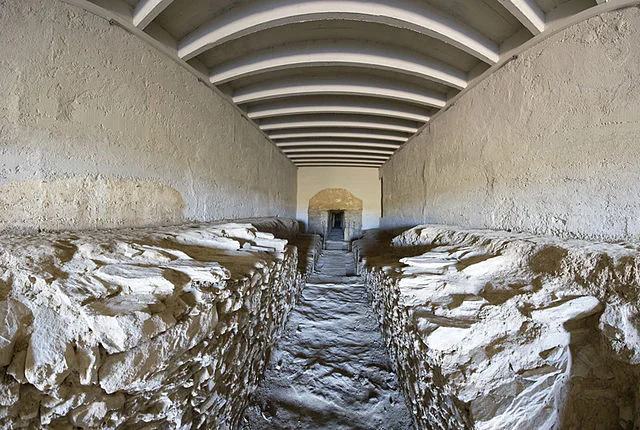The Dolmen de la Pastora, located in Valencina de la Concepción near Seville, Spain, is one of the most important prehistoric sites in the Iberian Peninsula. This megalithic monument, dating back to approximately 3000 BC, is one of the best-preserved examples of ancient dolmens in Spain. The site holds significant archaeological value, shedding light on Neolithic and Chalcolithic burial practices, architecture, and cultural beliefs.
Get your dose of History via Email
Structural Design and Construction
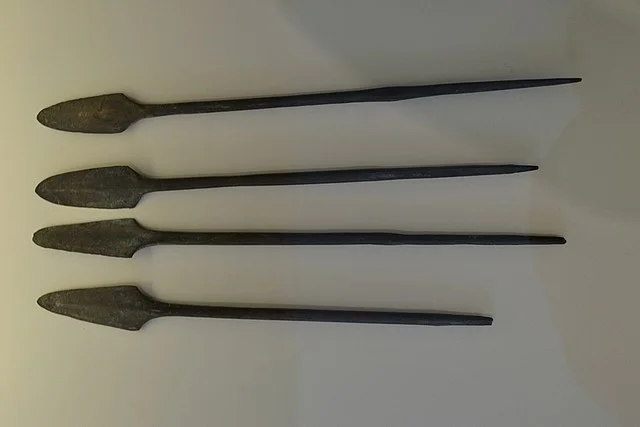
The Dolmen de la Pastora is a long, gallery-type structure, notable for its precision in stonework and alignment. Built primarily from large sandstone blocks, the dolmen features an entrance, a long corridor, and a circular burial chamber at the end. The total length of the structure is around 44 feet (13.4 meters), making it one of the longer dolmens found in Europe. The structure’s narrow, elongated corridor is a characteristic design element seen in other Iberian dolmens.
The entrance faces south-southeast, which may have held astronomical significance for its builders. The orientation could align with the sunrise or other seasonal events, a common feature in megalithic constructions. This alignment suggests an early understanding of celestial patterns among the builders.
Archaeological Discoveries and Artifacts
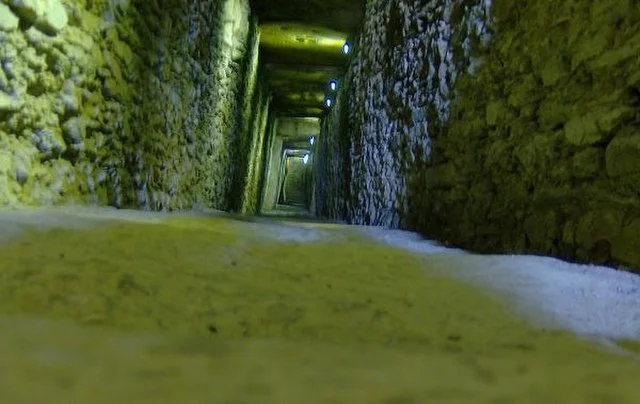
Archaeologists have uncovered numerous artifacts within the Dolmen de la Pastora, including pottery, flint tools, and various personal items. These artifacts, likely offerings or personal belongings of the deceased, provide insight into the daily lives, trade practices, and spiritual beliefs of the site’s ancient inhabitants. Pottery fragments indicate advanced craftsmanship and possibly connections to broader Iberian and Mediterranean trade networks.
The remains found within the burial chamber suggest that the dolmen served as a communal tomb. Analysis of the skeletal remains revealed different age groups and sexes, implying that the dolmen was likely reused across generations. Additionally, the presence of grave goods hints at a belief in an afterlife, where the deceased needed tools or ornaments for their journey.
Cultural Significance and Purpose
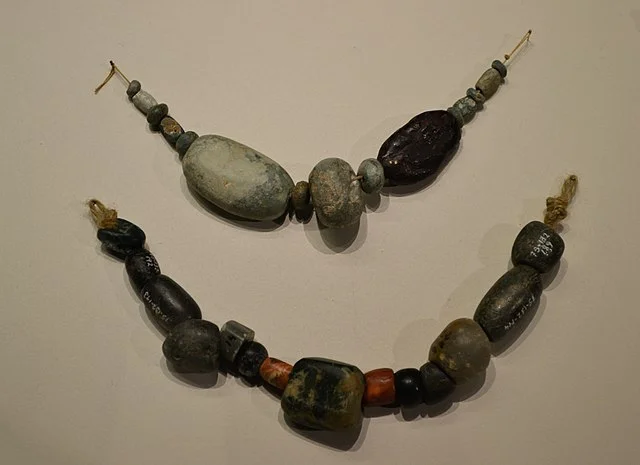
Dolmens like the Dolmen de la Pastora held significant cultural importance in prehistoric Iberia. These structures served as burial sites but may have also functioned as sacred spaces for ancestor worship and ritual gatherings. The careful construction and alignment suggest a connection to religious beliefs, possibly involving solar or seasonal cycles. The effort and resources required to build such a structure highlight the dolmen’s importance to the community that created it.
The Dolmen de la Pastora also reflects social stratification within Neolithic and Chalcolithic societies in the Iberian Peninsula. Only specific individuals or groups received burial within such an elaborate tomb, indicating a degree of social hierarchy.
Preservation and Modern Research
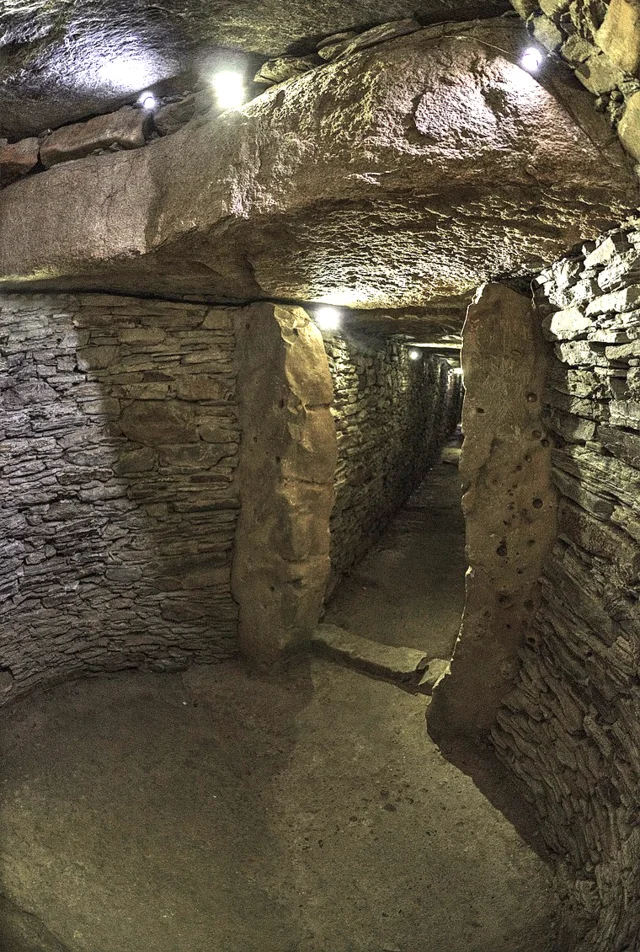
The Dolmen de la Pastora remains well-preserved, with limited damage from natural and human factors. Modern archaeologists use advanced tools, such as ground-penetrating radar and 3D imaging, to study the dolmen without disturbing its original structure. These techniques allow for a more detailed understanding of its construction, function, and historical context.
Recent studies have focused on the geological origin of the sandstone used in the dolmen, which suggests that the builders transported the stones from nearby sources. This transportation required advanced knowledge of engineering and significant labor, underscoring the dolmen’s importance in the ancient community.
Conclusion
The Dolmen de la Pastora offers a valuable glimpse into the life, death, and spiritual practices of ancient societies in the Iberian Peninsula. Its architectural design, alignment, and artifacts provide insights into the beliefs and social structure of the era. As one of the most significant dolmens in Spain, it continues to attract archaeological interest and remains a key site for understanding prehistoric Iberian cultures.
Source:

